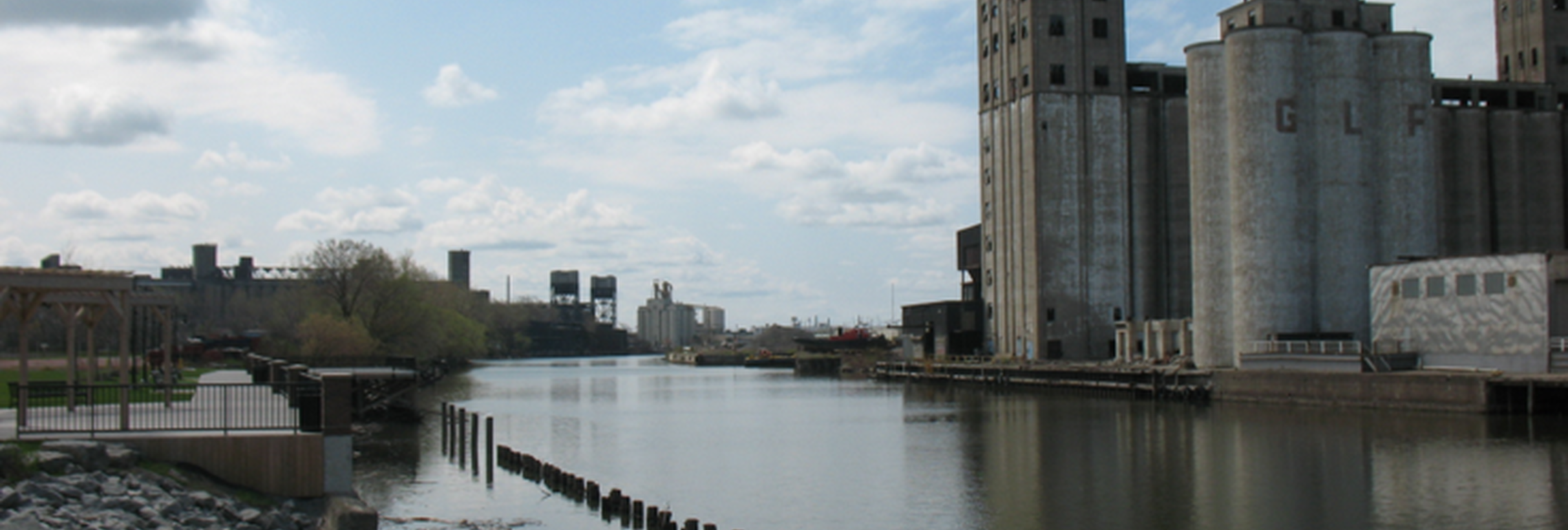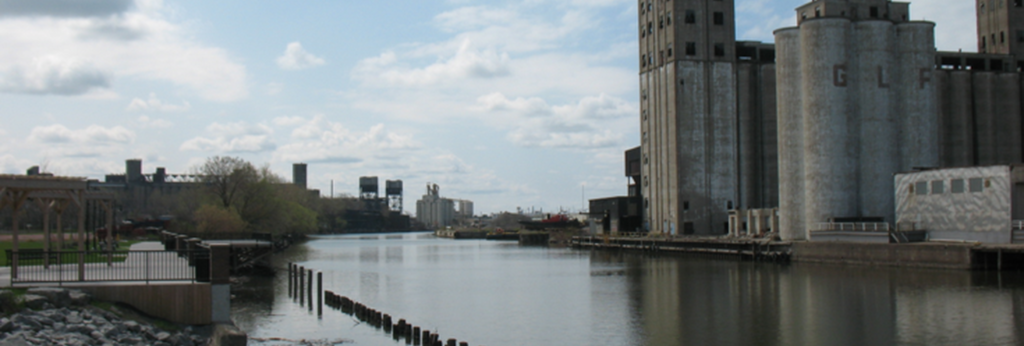
The Buffalo River has undergone several transformations over the past 200 years. Originally a wetland complex navigable only by canoe, it has since been drastically modified to create a river that is navigable for large ships with a harbor at its mouth.

Why all the changes to the Buffalo River? Something big was heading across New York State that would link the Atlantic Ocean to the Great Lakes, and Buffalo wanted in on the action! The Erie Canal, also known as “Clinton’s Ditch” in the early 1800s, would create a connection for all of these important waterways. DeWitt Clinton was the NYS Governor who pushed for its construction. This hefty project was deemed impractical by many who mocked the idea.
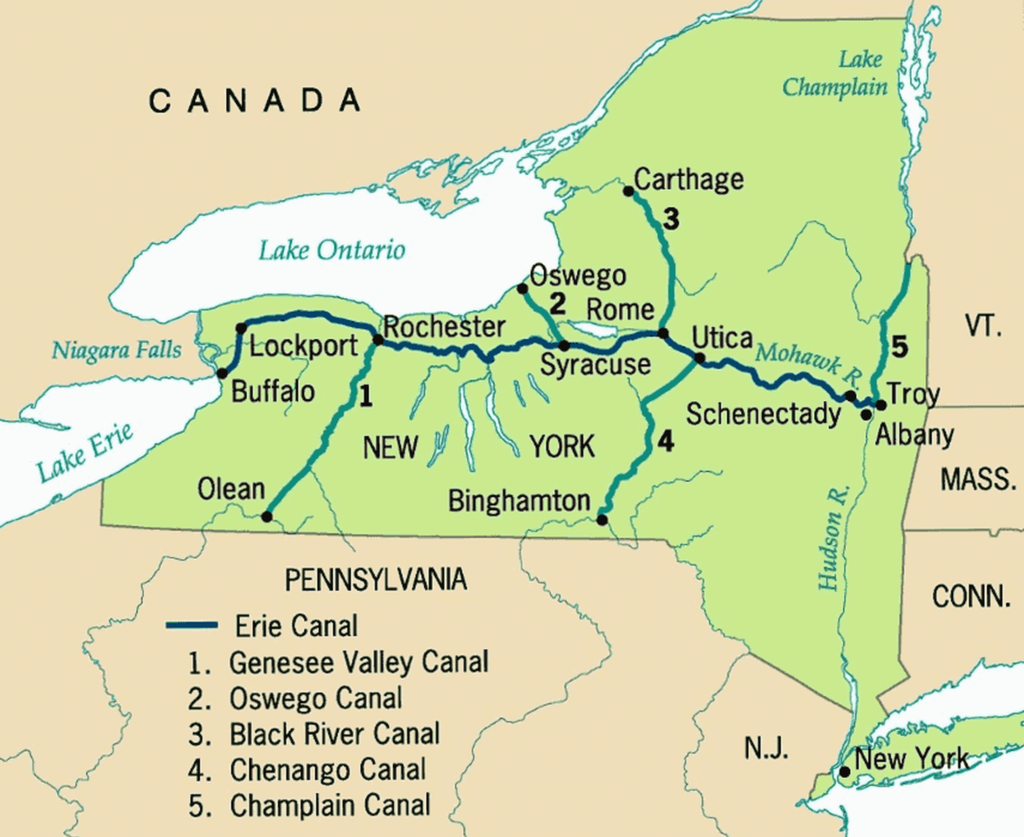
The canal, completed in 1825, changed the way people and goods traveled across New York State and really put Buffalo on the map. There was a quick influx of people – we’re talking roughly 16,000 new folks over a 20-year period! Boats could now transport grain from the Midwest states to the East Coast, significantly cutting transportation costs. A LOT of grain passed through Buffalo, so much that in the 1850s, Buffalo was deemed the worlds’ largest grain port.
This huge operation wasn’t all smooth sailing, though. There were some hiccups along the way. For example, the boats that traveled on Lake Erie were too large to travel on the canal. Conversely, canal boats were too small to travel on the Great Lakes. For quite some time, grain was transferred between boats by hand. This was grueling, time-consuming labor that was completed by hundreds of workers, mainly Irish immigrants. Buffalo needed a solution; cue the grain elevator! Thanks to Joseph Dart, the first steam-powered grain elevator was created in 1842. This elevator used a conveyer belt of ‘buckets’ to transport grain out of ships and into storage bins, often referred to as silos.

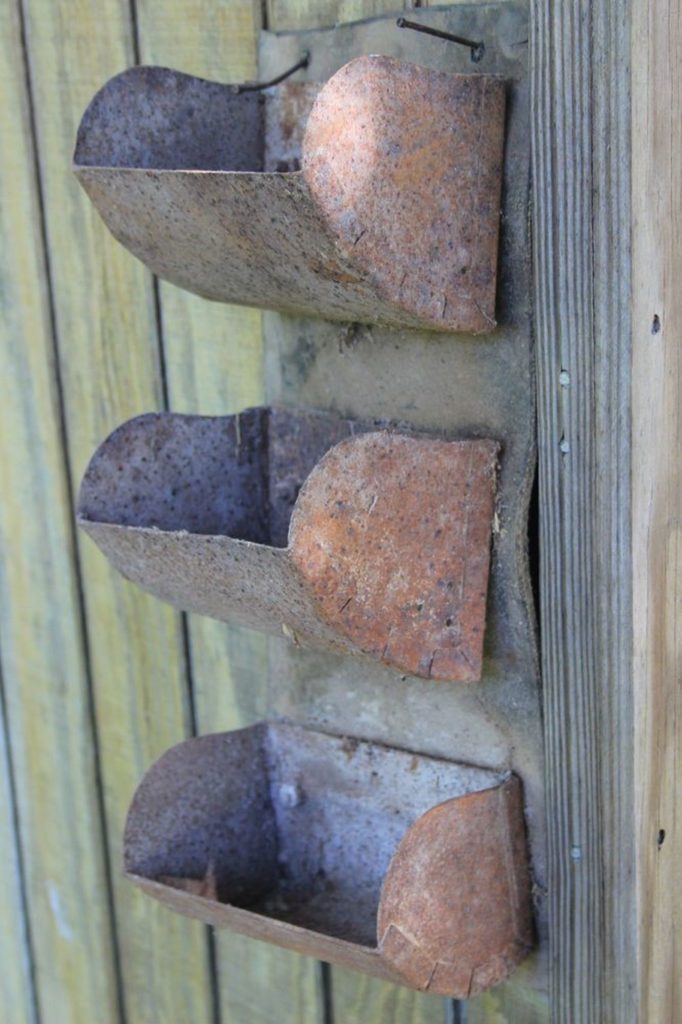
The first grain elevators were made with wood, a resource that was readily available in the Buffalo area. According to historical records, in 1865 there were 27 grain elevators on land and two floating on water; all made of wood. Concrete and steel construction became more common in the early 20th century, reducing the risk of fire that came with large wood structures. By 1931, there were 38 grain elevators in Buffalo. While a few Buffalo grain elevators are still in operation today, others have been repurposed for art or other uses. Many are left empty and ghostlike on our waterfront.
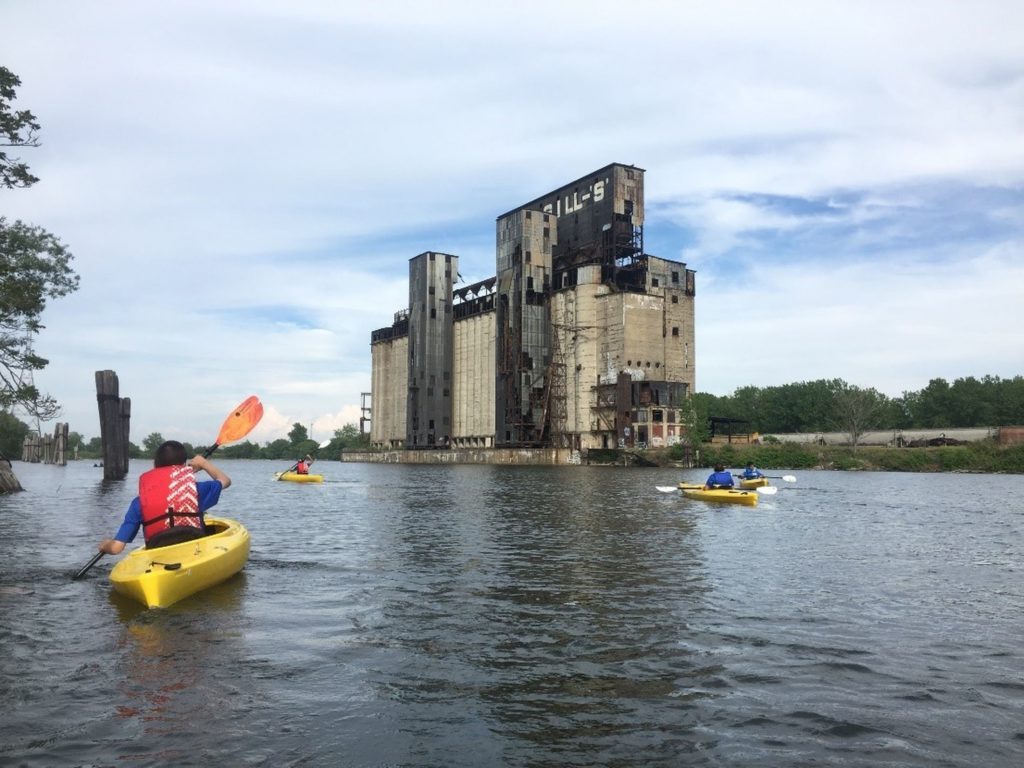
Along with the thriving grain industry along the banks of the Buffalo River, the iron and steel manufacturing industry established a prominent place in Buffalo. Iron ore was transported from the Upper Peninsula of Michigan to Buffalo via the Great Lakes. Canal transportation slowly became less common with the shift to rail transportation. In the late 1800s, the DL&W (Delaware, Lackawanna & Western Railroad) laid multiple tracks in the area and connected Buffalo to cities such as Binghamton, Scranton and Jersey City. Paddling along the Buffalo River today brings you under and adjacent to several rail lines.
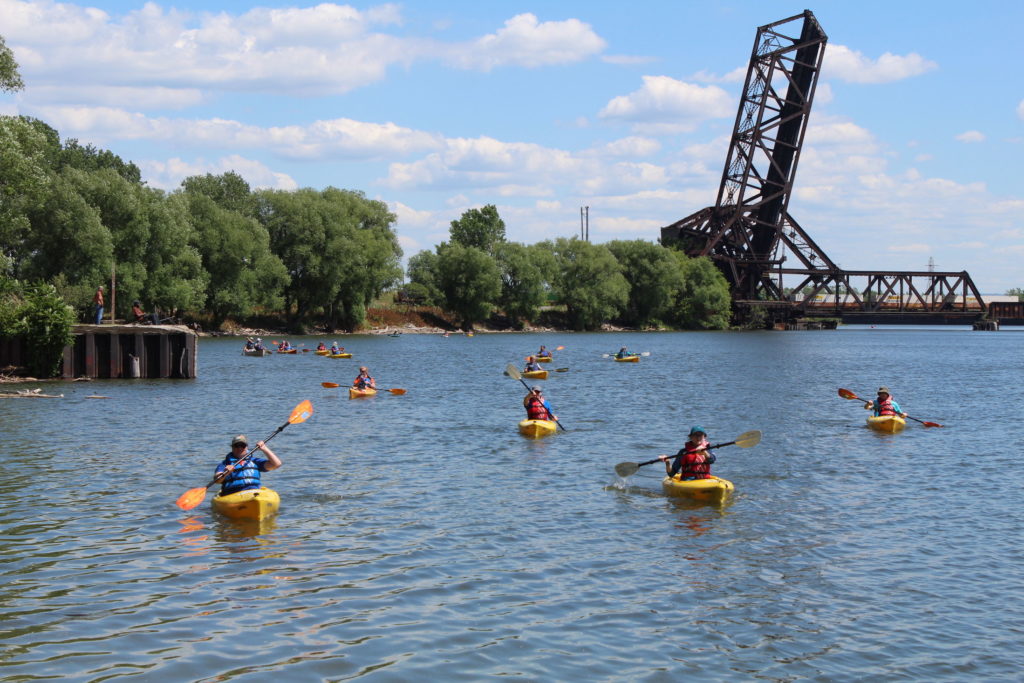
The opening of the St. Lawrence Seaway in 1959 rerouted traffic away from the Erie Canal and allowed large ships to bypass Buffalo. This shift in transportation and the decline in the steel industry hit Buffalo and its manufacturing industries hard. Many closed down, leaving empty grain elevators and the industries’ legacy of pollution behind.
In 1967 the Buffalo River was declared dead, and the following year, it caught fire due to a high volume of chemicals in it. Lyndon B. Johnson came to visit Buffalo to learn about the condition of the River and by 1972, the Clean Water Act enabled the opportunity for the River’s recovery. For years to follow, the River conditions remained the same, until the International Join Commission designated the Buffalo River as an Area of Concern. The Friends of the Buffalo River, now Buffalo Niagara Waterkeeper, led the cooperative remediation effort of the Buffalo River in the decades to follow, with a variety of partners on the local, state, and national level.
Today, the Buffalo River is on its way to being delisted as an Area of Concern, and the public is able to access and enjoy its waterfront. The remarkable recovery and the reformation of the Buffalo River has been recognized globally as a model for other communities to follow. Along with local partners, Buffalo Niagara Waterkeeper, is now applying the successful Buffalo River model for recovery to other impaired waterways in our watershed.

